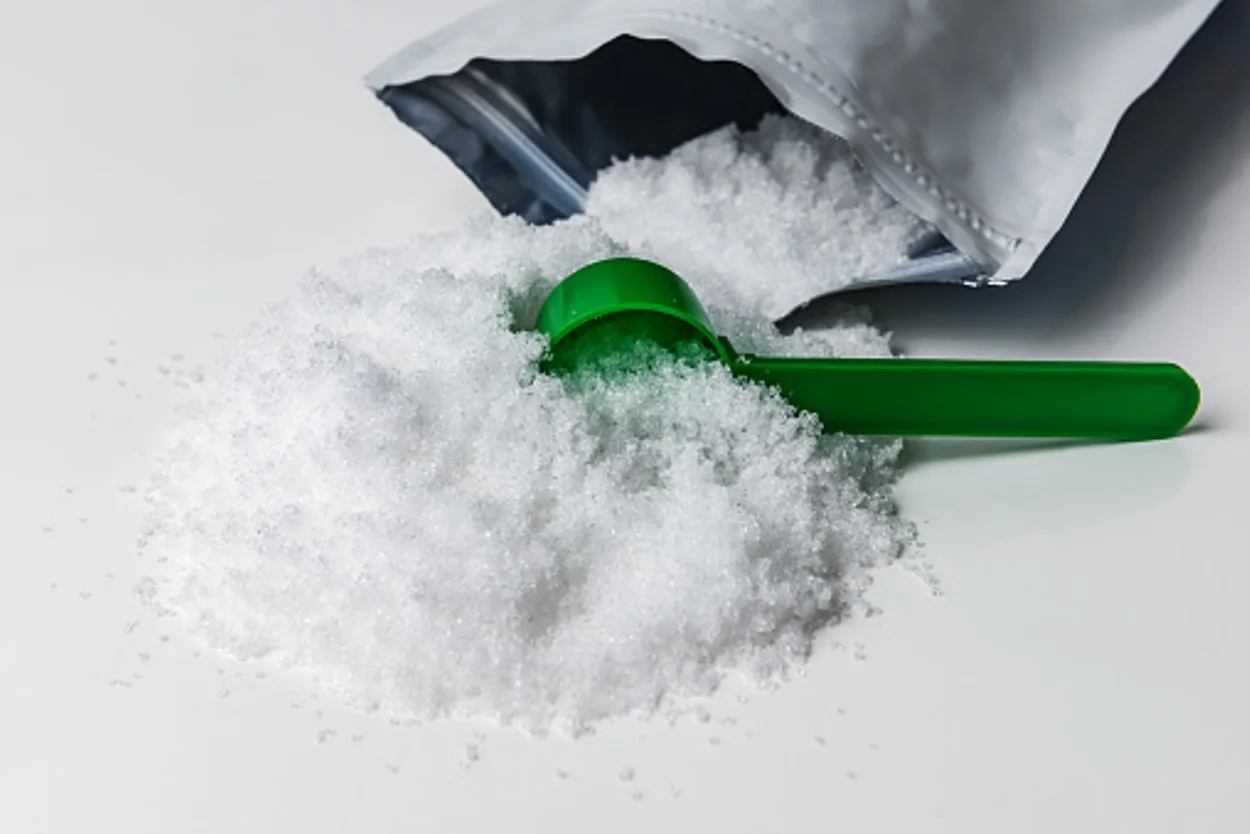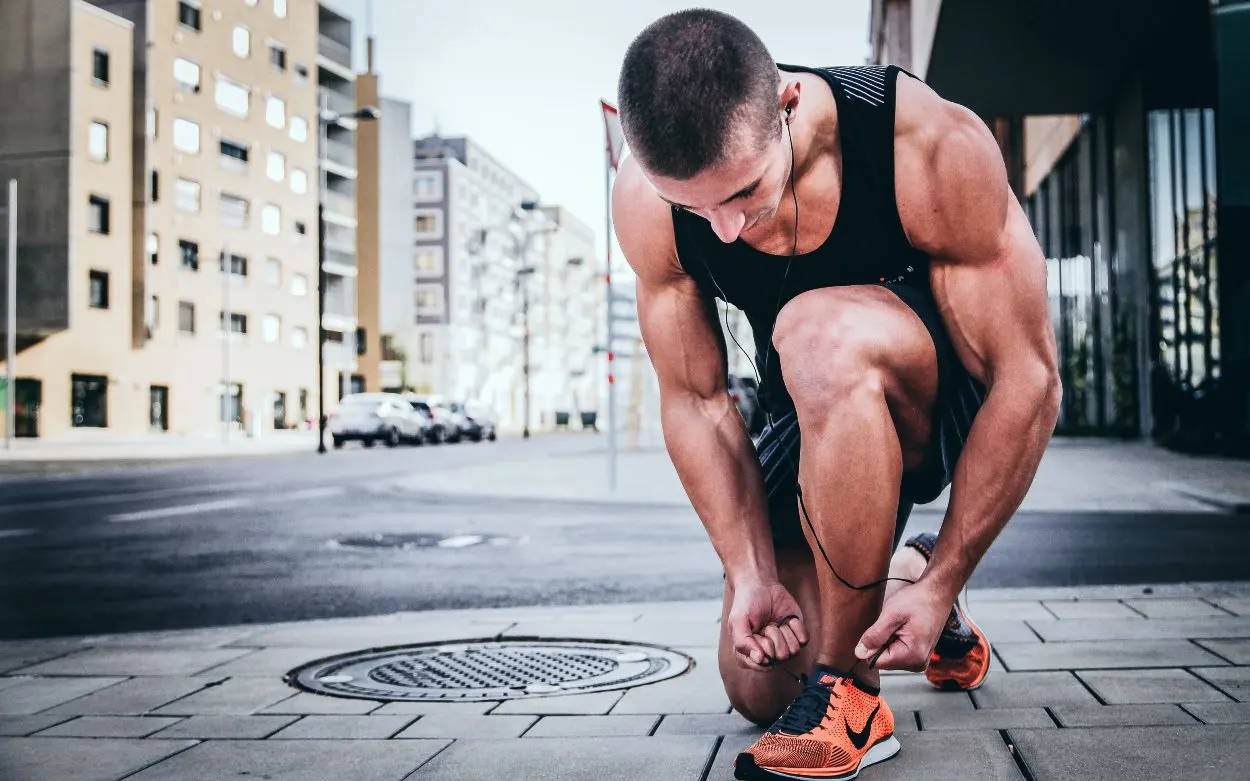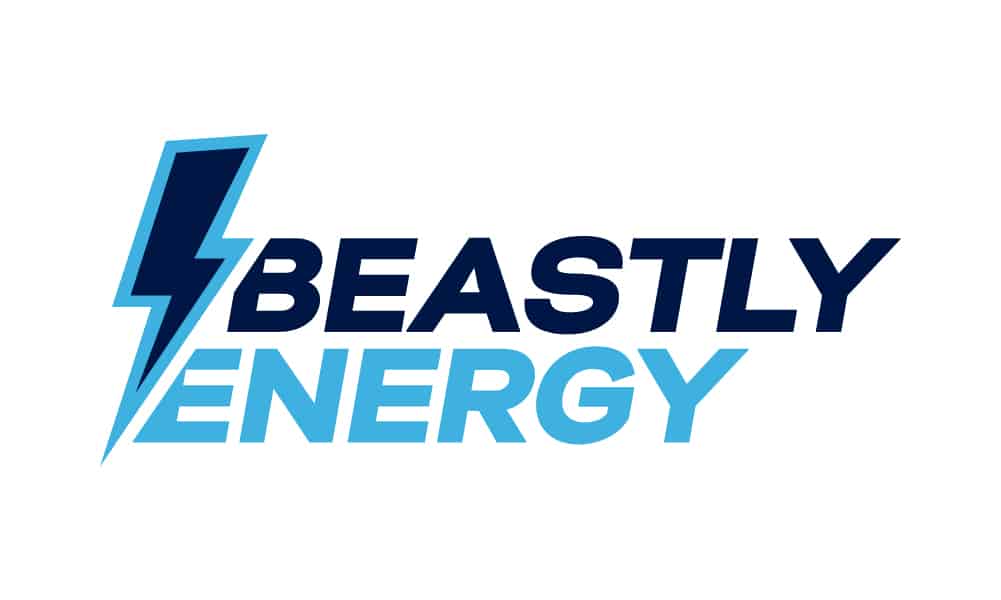Energy drinks are mostly advertised as products that improve energy and affect mental capacity as well as physical activity. Most people consume such drinks and multivitamins as their source of energy. Carbonated drinks are a popular source of energy enhancers in most age groups including men, women, and teens.
Lit Energy drink is a pre-workout drink that is proven to have clinical benefits for workout and pre-workout individuals. This energy drink helps to gain focus, and power and might increase your strength so you can perform better in the gym, exercises, and training too.
One can of Lit energy drink is recommended. Although it is a sugar-free energy drink having fewer amount of calories, it has a high amount of caffeine. If consumed in excess, it becomes harmful to your body.
Contents
Lit Energy Drink: What is it?
General Nutrition Center which is abbreviated as GNC is a firm situated in Pennsylvania and is exclusively specialized in products related to health and nutrition, including vitamins, minerals, various herbs, sports-related food, and energy drinks.
One of their products is Lit Energy drink, a carbonated drink specifically prepared for pre-workout and workout individuals. Lit energy drink establishes the standard quality and gives results that are proven by science.
Each can of Lit energy has no sugar and contains about 250 mg of caffeine, various amino acids, 100 mg of neuro factor, and 150 mg of ElevATP.
The Lit energy drink is specially formulated to increase energy and mental agility, enhance muscle functioning, and overall better performance of an individual.
Lit Energy Drink: Check the Nutritional Facts
The number of nutrients and their functions in a 16 fl oz can of Lit energy drink are as follows:
| Nutrients | Amount per Serving | Functions |
| Calorie Content | 20 calories | Source of Energy |
| Caffeine Content | 250 mg | Source of Stimulation |
| Carbohydrates | 4g | Source of Energy |
| Sugar | 0g | Sweetener |
| Sodium | 20g | Act as an Electrolyte |
| Potassium | 90g | Act as an Electrolyte |
Lit Energy Drink: Have a Look at Ingredients
Lit energy drink includes the following ingredients:
- Caffeine
- ElevATP (a natural blend of ancient peat and apple polyphenols)
- NeuroFactor (brain-derived neurotrophic factor derived from Coffea arabica and cherries)
- L-Citrulline (non-essential amino acid)
- L-Arginine (enhance nitric oxide level)
- Carbonated Water (aids in hydration)
- Citric Acid (flavor enhancer and preservative)
- Flavors (both natural and artificial)
- Sucralose (sweetener without calories)
- Sodium Benzoate (increases acidic flavor)
- Potassium Sorbate (preservative )
- Yellow 5 (Artificial food color)
- Blue 1 (Artificial food color)
Lit Energy Drink: Calorie Content
The recommended daily calorie intake as advised by NHS (National Health Service) depends on metabolic activity, physical activity, and age. The suggested value of calorie intake is 2000 calories per day for women and 2500 calories per day for men.
A can of Lit energy drink has 20 calories. Assuming that you have to lose some of your weight and for that purpose, you strictly lessen calorie intake in your diet whereas your body requires energy before workouts. So, under these circumstances, Lit Energy drink is perfect for you.
If an excess of this energy drink is consumed, it might result in the following side effects:
- Increase in weight
- High risk of CVD
- Osteoarthritis
- Memory Loss
Lit Energy Drink: Explore About the Caffeine
The Food and Drug Administration abbreviated the FDA of the United States regards 400 mg of caffeine as safe for healthy individuals for daily intake. But according to ACOG (American College of Obstetricians and Gynecologists), pregnant ladies should lessen their caffeine intake by 200 mg per day.
Caffeine can act as a potent stimulant in all energy drinks. One can of Lit energy drink has 250 mg of caffeine, which means that it is a strongly caffeinated energy drink.
As Lit energy drink has more than half of the dose of caffeine than recommended, it should be taken into consideration. Excess amount of this energy drink might result in:
- Sleeplessness
- Stress and Anxiety
- CVD
- Increase in Weight

Lit Energy Drink: Is It Really Bad For You?
Lit energy drink is a high-caffeinated energy drink having zero sugar, few amount of calories, and numerous nutrients. Overall this energy drink is not unhealthy for you until you consider it. If you consume it in excess amounts or exceed the recommended 1-can limit, it might affect your body in various ways.
So, to have good health or healthy life and body, it is vital to use Lit energy drinks, or any other energy drinks, cautiously and proportionally. Excess amounts of consuming high caffeine energy drinks might result in high levels of caffeine in the body. Lit energy is generally beneficial for pre-workouts and workouts too.

Lit Energy Drink: How Much Can You Drink in a Day?
As we know now the Lit energy drink has zero sugar and very less amount of calories in it. On the other hand, the amount of caffeine it contains is 250 mg. Although it doesn’t exceed the daily recommended quantity, some people are unable to tolerate this amount.
For pregnant women, the recommended amount is 200 mg per day so Lit energy drink is not safe for them.
Having one can of Lit energy drink is safe but if you consume two cans in one day then the amount of caffeine would be double(500 mg), which exceeds the recommended amount of caffeine.
Therefore, one can of Lit energy drink is recommended each day.
Lit Energy Drink FAQs
Does Lit Energy Actually Work?
Answer: Lit energy drink has 250 mg of caffeine in it which is enough to stimulate energy. Caffeine is known to act directly on the central nervous system.
When we consume a Lit energy drink, the caffeine content in it will start its stimulating and boosting function and as a result, the body becomes more focused, active, and alert. Lit energy drink also contains various amino acids and neuro factors that aid in its functions.
Can You Drink Lit Energy Every Day?
Answer: Lit energy drink has zero sugar and very less amount of calories in it. This would make it a healthy energy drink. But it is a high-caffeinated energy drink and exceeding the limit from one can give you adverse effects.
In case you want to start your every day with extra boosting energy then you may take a can of Lit energy every day. The boost and energy provided by these drinks make them healthy and beneficial but exceeding the recommended limit of one can give you adverse effects.
However, consuming energy drinks on an everyday scale will make you dependent on these drinks and will be harmful to your health in a long run.
Can You Have 2 or More Energy Drinks in a Day?
Answer: A big “NO“. Energy drinks might seem healthy and nutritious but in reality, they mostly have high caffeine and sugar content. Even the energy drink labeled as zero sugar still has some sugar content in it. Because of these reasons consuming two energy drinks a day is not a healthy choice.
Conclusion
- Lit energy drink is a pre-workout drink that is proven to have clinical benefits for both intense and casual workouts.
- General Nutrition Centers (GNC), a firm in Pennsylvania, exclusively specializes in health and nutrition products, including vitamins, minerals, herbs, sports-related food, and energy drinks.
- Each can of Lit energy has no sugar and gives you about 250mg of caffeine, various amino acids, 100 mg of neuro factor, and 150 mg of ElevATP.
- A can of Lit energy drink has 20 calories. This means that Lit Energy Drinks is perfect for people who want to lose weight through a strict diet.
- Excess amounts of caffeine might result in a high level of caffeine in the body.
- Having one can of Lit energy drink is safe but if you consume two cans in one day then the amount of caffeine would be doubled (500mg) which exceeds the recommended amount of caffeine.
Other Articles
- Can/Do Energy Drinks Make You Infertile (Exposed)
- Do Energy Drinks Make Your Kidneys Hurt? (The Reality)
- Is Red Bull Yellow Edition Bad For You? (Answered)
.
